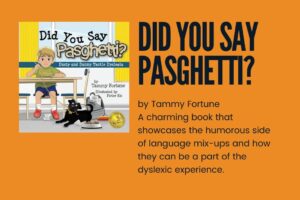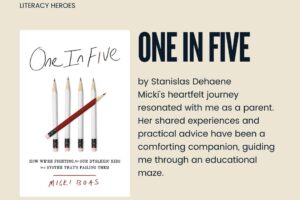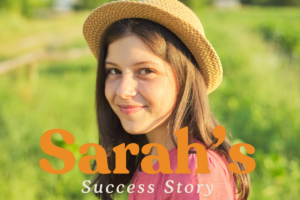
The 7 Syllable Types and How They Help Dyslexic Readers
- Posted by Sandra D
- Categories Dyslexia, Orton-Gillingham, Science of Reading
- Date April 1, 2025
- Comments 0 comment
The 7 Syllable Types and How They Help Dyslexic Readers
As a parent, watching your child struggle with reading can be heartbreaking. I remember sitting at the kitchen table, trying to help my child sound out words, only to see frustration take over. That’s when I learned about the 7 syllable types and how they could unlock the mystery of reading. These patterns help break words into manageable parts, making decoding easier and reading more accessible. Here’s what I discovered about the seven syllable types and how they can help your child.
1. Closed Syllables (CVC, VC, CVCC, etc.)
A closed syllable has a single vowel followed by one or more consonants, which makes the vowel sound short. Examples include cat, dog, picnic, and basket.
Why It Helps:
- Closed syllables are the most common in English, so recognizing them helps with decoding a large number of words.
- They establish a foundation for understanding vowel sounds.
2. Open Syllables (CV, V)
An open syllable ends in a vowel, and the vowel makes its long sound. Examples include go, she, me, and robot.
Why It Helps:
- Teaches students how vowels can behave differently depending on their position.
- Encourages flexibility in decoding longer words.
3. Silent ‘e’ (VCe, CVCe)
A silent ‘e’ at the end of a word makes the preceding vowel long. Examples include bike, cake, tape, and hope.
Why It Helps:
- Helps learners understand one of the most common English spelling patterns.
- Supports spelling and reading multisyllabic words.
4. R-Controlled Syllables (Vr, VCr, etc.)
When a vowel is followed by an ‘r,’ it changes the vowel’s sound. Examples include car, bird, fern, and turn.
Why It Helps:
- R-controlled vowels can be tricky, so explicitly teaching this pattern helps reduce confusion.
- Enhances pronunciation and fluency.
5. Consonant-le Syllables (-ble, -tle, -dle, etc.)
A consonant-le syllable appears at the end of a word and contains a consonant followed by ‘-le.’ Examples include table, little, simple, and candle.
Why It Helps:
- Helps with spelling and syllable division in multisyllabic words.
- Reinforces patterns for reading words with final unstressed syllables.
6. Vowel Teams (VV, VVC, VVCC, etc.)
Vowel teams consist of two vowels working together to make one sound, like boat, rain, meat, and sleep.
Why It Helps:
- Provides a strategy for reading words that don’t follow short and long vowel patterns.
- Reduces guesswork when encountering unfamiliar words.
7. Diphthong Syllables (ou, ow, oi, oy, etc.)
A diphthong is a complex vowel sound that glides from one vowel to another, as in cloud, foil, cow, and toy.
Why It Helps:
- Helps students decode words with tricky vowel combinations.
- Improves pronunciation and word recognition.
How These Syllable Types Benefit Dyslexic Readers
Dyslexic learners often struggle with decoding because they don’t intuitively recognize patterns in words. Teaching these 7 syllable types gives them a systematic way to break down words, improving reading fluency and confidence. As a parent, seeing my child gain confidence with reading has been an incredible relief. By explicitly teaching each type and providing plenty of practice, we can help our children build strong literacy skills.
At Apricot Tree Academy, we specialize in structured literacy approaches that incorporate these syllable types into our dyslexia intervention programs. Learn more about how we support dyslexic learners here.

You may also like

Book Review: Did You Say Pasghetti?

Book Review: One in Five

